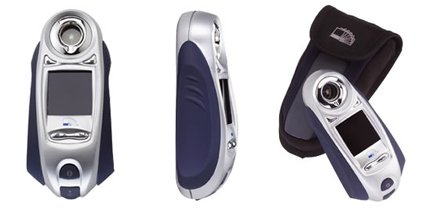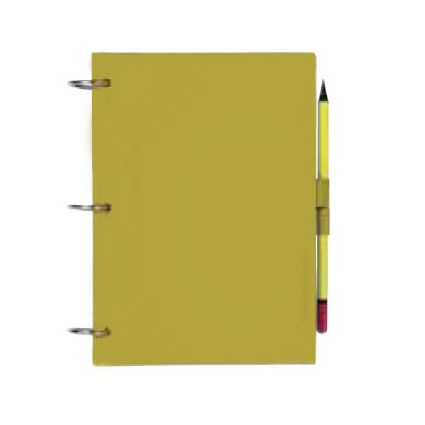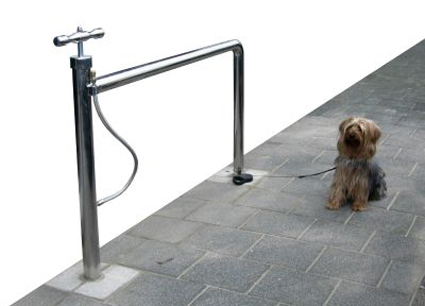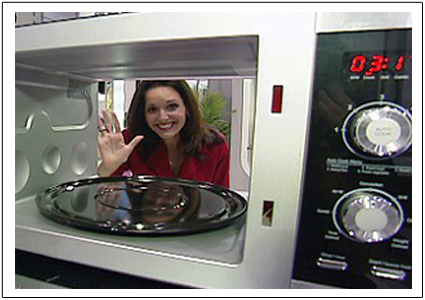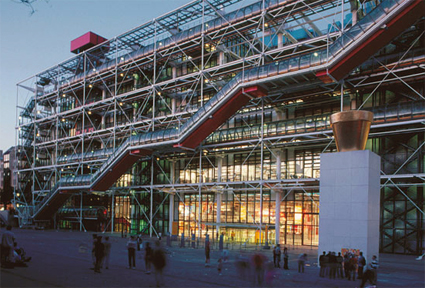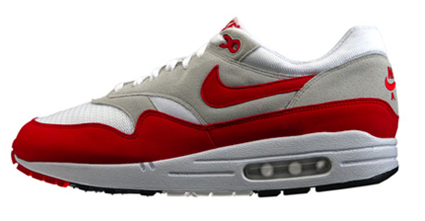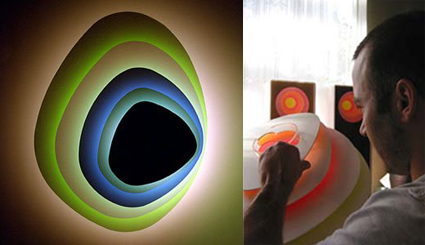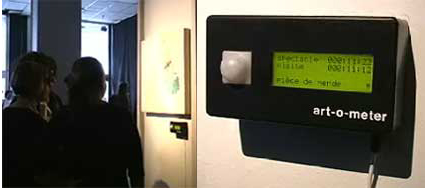
“Art-O-Meter is a device that measures the quality of an art piece. It bases its evaluation on the amount of time that people spend in front of an artwork compared to the total time of exhibition. The measurements are graphically represented by comments and a 5 star rating system”.
The design of the physical artifact aside, I think this device is symptomatic of a two interesting issues: 1) Democratization of content selection, and 2) Love/Hate is better than Indifference.
1) Democratization of content selection
While Internet search engines like Yahoo!, Altavista and Lycos (*gasp*, do you still remember them?) and others were still grappling over who had the largest directory. As hindsight would tell, it wasn’t the quantity that mattered, but the quality of these sites. The spawning of larger masses of choices made human top-down editing nearly impossible, and spurred the creation of aggregate sites like Digg and Reddit, where users up votes or down votes site links that interests them. The collective scores would reflect the aggregate interest level in the community, and be afforded prominence on its site accordingly.
I can imagine the same happening here too. When an art museum installs this (hopefully more discreetly), it could gauge the human interest level in their patrons with respect to individual art pieces and adjust accordingly. At the elementary level, the art museum may shift the more popular pieces to more strategic locations, like nearer the entrance, around the corners etc., and perhaps also influencing which pieces get stored and which get displayed more often. In a longer run, I can even envision a user-generated art museum that has tools where patrons contribute, and the pieces be up/down voted by fellow patrons based on the Art-O-Meter principle.
Some may argue that nothing beats the artistic taste and direction of a human, experienced curator. Well perhaps there are indeed art collections that will pale if one or more pieces are removed from the series; but I do believe that there are room for both types (curatorial vs popular choice) of galleries, just as there are both types of websites today.
2) Love/Hate is better than Indifference
Of course, some may say that the time spent in front of a work cannot equate to its quality – for all you know, he could be condemning the piece – and surely that must be the worst possible rating. But alas, the purpose of art is to provoke, to suggest, to bring in new dimensions. As many marketers (and perhaps also college fraternity boys trying to get a girl) preach, the worst part of the love-hate curve is in the middle – in the “indifference” zone. “Love” is good, “Hate”, you can still work it out, but indifference – not even noticing or caring that it’s there – is certainly the worst.
Borrowing a diagram from the blog “Creating Passionate Users“:
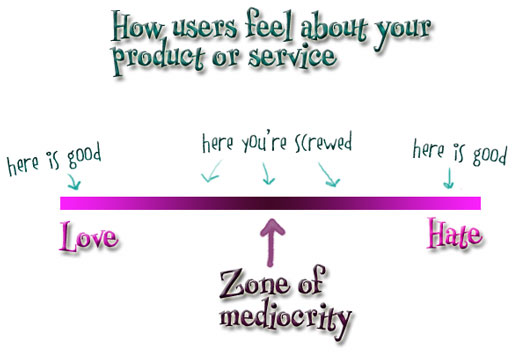
Mac vs PC. Pepsi or Coke. Settling and compromising for something that pleases everyone eventually would be a guarantee for failure – the zone of mediocrity above.
Wow, did all rant all that just because of a little black box? Hmmm, looks like it’s pretty effective already!
